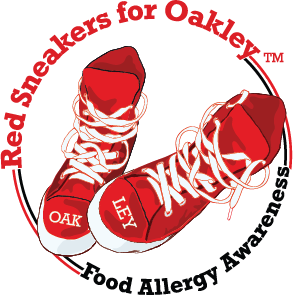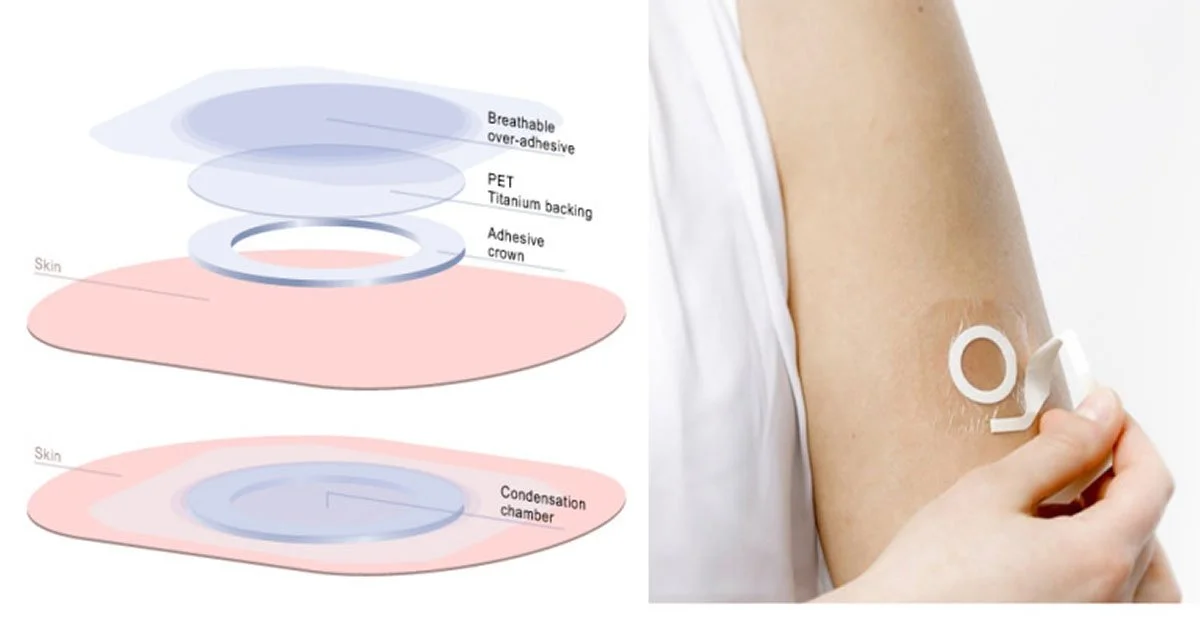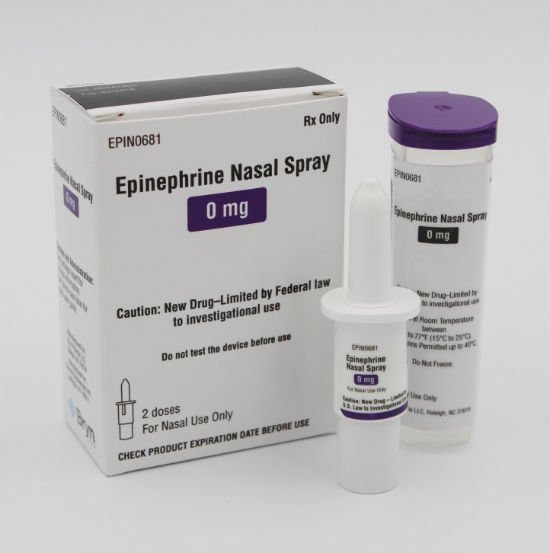Food Allergy Developments on the Horizon
Even with more than 85 million Americans and 220 million people worldwide living with life threatening food allergies and intolerances, there is currently no cure for food allergies. But while there is no cure for food allergies, there are many new and exciting developments on the horizon that could raise the quality of life for those living with food allergies!
Although there is no cure for food allergies, many have tried treatments to help improve the quality of life while living with food allergies such as Oral Immunotherapy (OIT). OIT involves ingesting the food allergen starting with very small doses and gradually increasing the dose in hopes to desensitize the immune system to the allergen (foodallergy.org). Many versions of OIT require the allergen to be eaten every single day. This can prove to be difficult to do for some. Here are a couple alternatives to the traditional OIT methods that are hoping to be available for the food allergy community soon.
Immunotherapies
Intrommune Therapeutics has created a specially formulated toothpaste containing peanut allergy proteins. Conducting allergy immunotherapy via teeth brushing is referred to as oral mucosal immunotherapy (OMIT). OMIT delivers allergenic proteins to the areas of the oral cavity, potentially driving the immune system toward tolerance without ingestion of the allergen. Intrommune Therapeutics is currently seeking funding for phase 2 of their pediatric study to continue development of this new product.
DBV Technologies has created Viaskin Peanut which is a patch based on epicutaneous immunotherapy (EPIT), a proprietary technology platform that delivers biologically active compounds to the immune system through the skin. The patch introduces micro-doses of peanut allergen via the skin to retrain the immune system. DBV is currently in Phase 3 of their study as they work their way towards FDA approval.
The hope of OIT, OMIT, and EPIT is to utilize methods and therapies to reduce the risk of anaphylaxis.
Currently, the only first line treatment for anaphylaxis is an epinephrine auto-injector. For many, the epinephrine auto-injector can be a scary thing. Some people have a fear of needles, and some people have a fear of their epinephrine auto-injector because of what it corresponds to… a previous anaphylactic situation that would have been very scary. For those that carry some anxiety around the use of an epinephrine auto-injector, there are some exciting alternatives on the horizon for first line treatment in the case of anaphylaxis.
Epinephrine Auto-Injector Alternatives
One alternative to the epinephrine auto-injector is an epinephrine nasal spray. There are currently two different nasal sprays working their way towards FDA approval in the United States. ARS Pharma is developing a needle-free, low-dose intranasal epinephrine nasal spray to be used in an anaphylactic emergency. The FDA Advisory Committee has voted to recommend approval of the device. During clinical trials, Neffy delivered consistent epinephrine levels to the auto-injector products. The second epinephrine nasal spray working its way to FDA approval named UTULY is from Bryn Pharma. Bryn has announced positive data from their clinical trials.
Another needle-free alternative to treat anaphylaxis is Anaphylm by Aquestive Therapeutics, a small film meant to be placed under the tongue in case of anaphylaxis. Aquestive is currently in Phase 2 of their study. The results show comparability to epinephrine administration by an auto-injector.
A needle-free treatment for anaphylaxis could potentially alleviate a lot of that anxiety around anaphylaxis. There is hope that the fear of needles and anxiety around injecting yourself or a loved one causing a delay in administration could be eliminated with the use of needle-free epinephrine.
There is still so much that is unknown about food allergies, and funding for food allergy research is severely underfunded. In fact, less than 1% of funding from the National Institutes of Health goes towards food allergy (FARE). With all these new potential treatments on the horizon, we hope that there will continue to be ways to increase the quality of life for the food allergy community and increase funding for research.
Sources:





